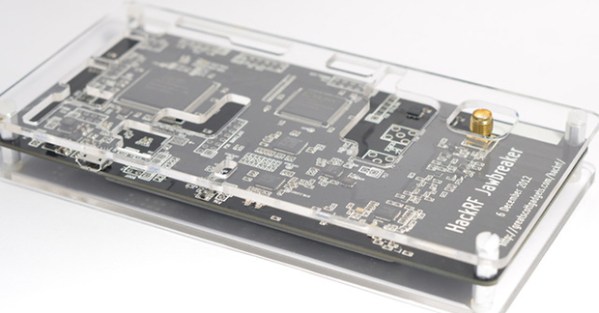
Wait! Don’t click away yet. Yes, this is a vaporizer project, but it has the distinction of being the most electronics engineering oriented post on the subject we’ve ever featured. [Mm Nn’s] vaporizer broke so he decided to fix it. After poking around inside it became clear that pretty much everything was trashed. So this ended up being a complete rebuild of all the support circuitry, with the heating element being the only electrical component he could salvage.
He started looking around for a power supply capable of driving the element from the Arizer V-tower vaporizer. He hoped that he could use a computer PSU but ended up having to buy one to suit; a Mean Well rs-100-24. He drives the system with a microcontroller (programmed in assembly) using PWM to adjust the element. Speaking of, there is a sensor built into the heating element that [Mm] isn’t using because he couldn’t figure out how to read from it. If you’ve got some ideas let us know in the comments.











